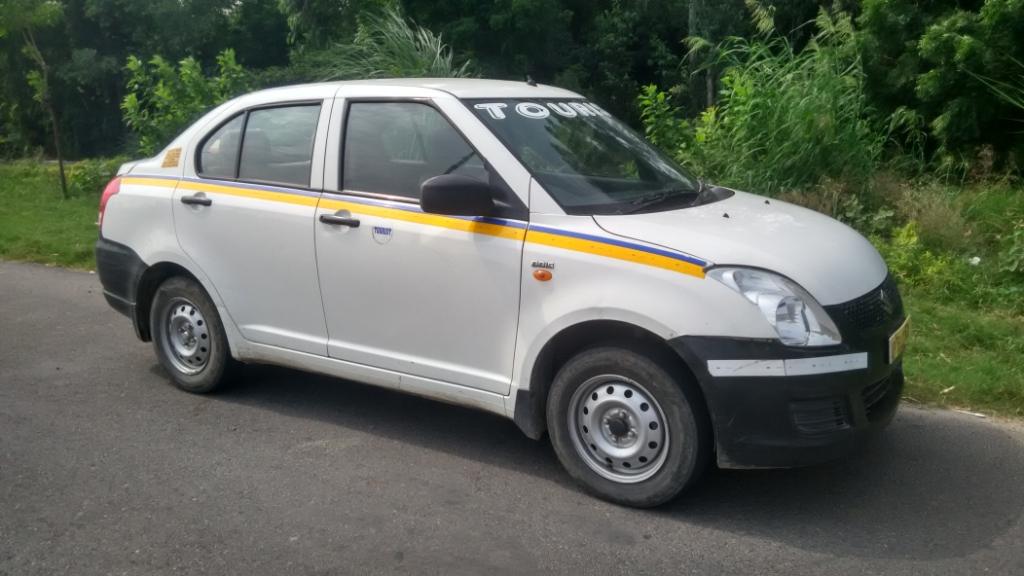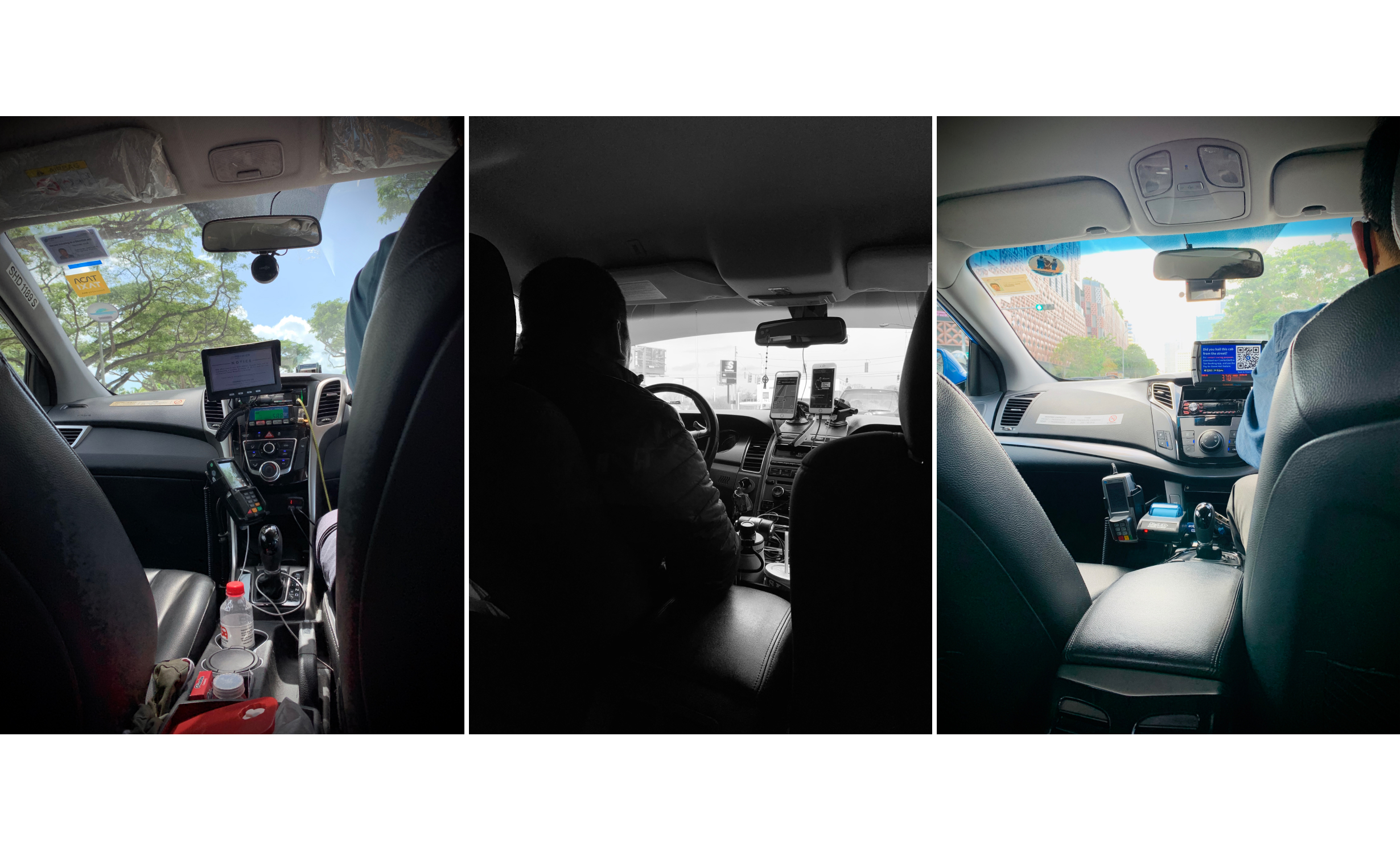Why are Taxis not Designed designedly?
Each time I step into a taxi, I find myself contemplating not just the journey, but the vessel and the one who steers it. Do you ever look closely at the drivers of these cars, at the machines they guide through the veins of a waking city?
In many developing nations, the humble taxi has become a symbol—not merely of transport, but of economic transition. As cities grow and aspirations rise, the taxi market swells, fed by the arteries of technology, aggregation platforms, and the ever-churning engine of economic ambition.
Automobile manufacturers, like philosophers of utility, navigate this realm with precision. They design with purpose: optimizing space, minimizing ownership costs, maximizing mileage, and casting wide nets of service. Each brand lays claim to the ideal form—the perfect taxi—yet behind these claims is a quiet pragmatism.
Often, what is presented as innovation is, in truth, adaptation. When a car fails to stir the hearts of private buyers, it finds new life on the streets, reborn as a taxi. In India, the Indica, the Logan (later Verito), and the Etios all found their purpose not in family driveways, but on asphalt boulevards ferrying strangers. Their simplified features—such as the unpainted black bumper—whisper of cost-conscious choices, aesthetic sacrifices made for economic survival.
And so, the taxi becomes more than a car. It is a canvas of compromise, a story of second chances, a mirror held up to society’s evolving priorities. In each ride, there lies a quiet philosophy of movement, purpose, and reinvention.

Are taxis designed keeping in mind driver's and passenger's behaviours?
No, I haven’t noticed them observing in return—but I have often observed them. Most drivers seem to carry not just passengers, but the weight of their own chaos—two phones, one clutched by a holder like a navigator guiding them through an endless maze of bookings, the other resting beside them like a silent companion. Scattered around are water bottles, tattered diaries, parking slips, tangled charging cables—a constellation of daily necessities strewn across the cramped front cabin.
To an outsider, it may seem unkempt, disordered. But look closer, and it begins to resemble something else: the physical manifestation of a life lived in motion, a survival system stitched together on four wheels.
That space—the driver’s seat—is more than just a place to sit. It's an office, a canteen, a home, and a battlefield, all at once. And in that compressed chaos, there is a strange kind of dignity, even if it feels hidden beneath layers of dust and receipts.
When I ask them about it, their response is often the same, delivered with a tired smile or a resigned shrug: “Kya karen sir, kuch nahi kar sakte.”
“What to do, sir? We can't do anything.”
And in that simple sentence lies a quiet tragedy. A philosophy of surrender. Not defeat, but endurance—the acceptance that life, as it is, must go on, no matter how cluttered the dashboard or how frayed the spirit.

Some months ago, I found myself in a taxi where the driver, visibly unwell, hesitantly asked if he might switch off the air conditioning. As a gesture of shared humanity, I agreed. But the moment lingered with me—not for the act itself, but for the question it unearthed: why must comfort be a zero-sum game? In a world of advancing technology and layered convenience, why have we not yet designed a space where both passenger and driver can coexist with equal dignity?
The taxi, that most ordinary vessel of modern life, is a theater of imbalance. It is where service meets survival. And too often, the system forgets the human beings at either end of the ride. Why must a passenger's need for airflow conflict with a driver's health? Why are such basic boundaries not built into the machine itself?
Safety, too, raises its quiet alarms. Child locks—designed for protection—can just as easily become instruments of control. Why should any passenger be in a space they cannot freely exit? In some cabs, I’ve seen panic buttons: small symbols of hope, yet not universal. Why is this not the norm, wired directly to a local police station, a centralized response system, a lifeline when voice fails?
And then, there is privacy—something so assumed in many spheres of life, yet absent here. A taxi is a confined space, yet it offers no boundary between driver and passenger. In New York, the yellow cab offers a clear, physical separation—not out of distrust, but mutual respect. Why not here? Why have we not carried that wisdom into other parts of the world?
There are examples—benchmarks like the TX4—that reveal what is possible when both the driver and the rider are seen as essential, worthy of comfort, safety, and space. Yet in places like India and Singapore, it seems the design process rarely contemplates the full ecosystem. The car is often built for the market, not the people. It is engineered for cost and efficiency, not for empathy or understanding.
A taxi is more than a vehicle. It is a moving intersection of lives, stories, fatigue, and hope. To redesign it with awareness is not just a technical challenge—it is a moral one. Until we look at both driver and passenger as equals in their humanity, the ride will always be unbalanced.
COVID effects on safety
The pandemic, like a sudden gust through a quiet street, forced the world to pause—and to reconsider many things we once took for granted. Among them was the humble taxi ride, a simple act of transit that transformed overnight into a question of trust, proximity, and invisible threats.
Until then, the concern in the world of taxis was largely human: Was the driver polite? Were they trustworthy? Did they navigate with care? Etiquette and background checks were the pillars of safety. But COVID-19 introduced a new dimension—one not of character, but of breath. Suddenly, the danger was not in a word or a gesture, but in the air itself. Safety was no longer just social; it became biological.
In response, operators around the world scrambled to erect a barrier between two human beings sharing a confined space. A thin sheet of plastic—transparent, impermanent, yet deeply symbolic—was draped between driver and passenger. This was not just a physical separation; it was the material embodiment of our new condition: connection interrupted, trust mediated through plastic, interaction redefined by distance.
Yet what was presented as an emergency innovation was, in truth, an echo from the past. In cities like New York and London, such separations had long existed—not as pandemic responses, but as structural acknowledgments of risk, security, and personal space. Their taxis had for decades come equipped with partitions, not as an afterthought but as a design principle, born of accumulated experience.
And so, the pandemic did not invent this wisdom; it merely revealed its absence elsewhere. Where some cities improvised, others had already embedded foresight into form. The partition became not just a health measure, but a quiet lesson in preparedness—reminding us that the architecture of our daily lives must be built not just for what is, but for what might come.
In this way, a sheet of plastic became more than a barrier—it became a mirror, reflecting what we prioritize, what we overlook, and how even the most routine spaces can carry the weight of our collective learning.
Benchmark - TX4 (London Taxi)
In the vast landscape of the taxi industry, a few vehicles stand as quiet archetypes—machines not merely built, but thoughtfully conceived. The TX4, for instance, is more than just a car. It is a symbol of design born from deep listening—an artifact shaped by the lived realities of both driver and passenger, balanced in purpose, and elegant in its understanding of human movement.
Yet such examples remain rare. Strangely, in most parts of the world, automobile companies have chosen not to draw from this well of insight. The TX4 stands alone, not for lack of visibility, but for lack of vision. It is as though manufacturers have forgotten that a taxi is not merely a vehicle—it is a shared space, a microcosm of urban life, a daily ritual where two strangers briefly share time and space.
True design does not begin with aesthetics or cost-efficiency; it begins with empathy. It asks: What does the driver feel after ten hours on the road? What does the passenger need in a moment of transit, solitude, or fatigue? The TX4 answered these questions. Most others have not.
Instead, across many nations, cars are retrofitted into taxis—not designed as them. They are adapted, repurposed, forced into roles for which they were never truly made. And in doing so, something vital is lost: the dignity of the driver, the comfort of the rider, the grace of a shared human experience made seamless.
In failing to draw from models like the TX4, the industry has missed not just a technical blueprint, but a philosophical one—a recognition that even the most utilitarian spaces deserve intentionality, care, and respect for the people who inhabit them, however briefly.
I hope next time when you take a taxi you observe the driver and passenger area. If you are interested in automobile design, I’ll be happy to discuss and share my thoughts about it.
Few reads
- by Mordor intelligence
- by Business of Apps

We change our behaviour when the pain of staying the same becomes greater than the pain of changing.”
- Henry Cloud
© Sunil Shrivastav
